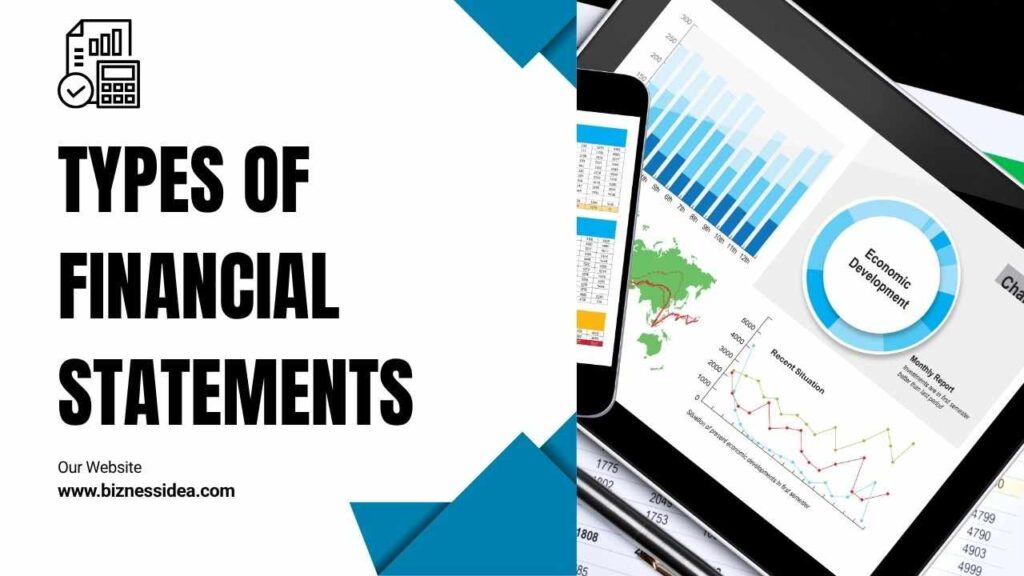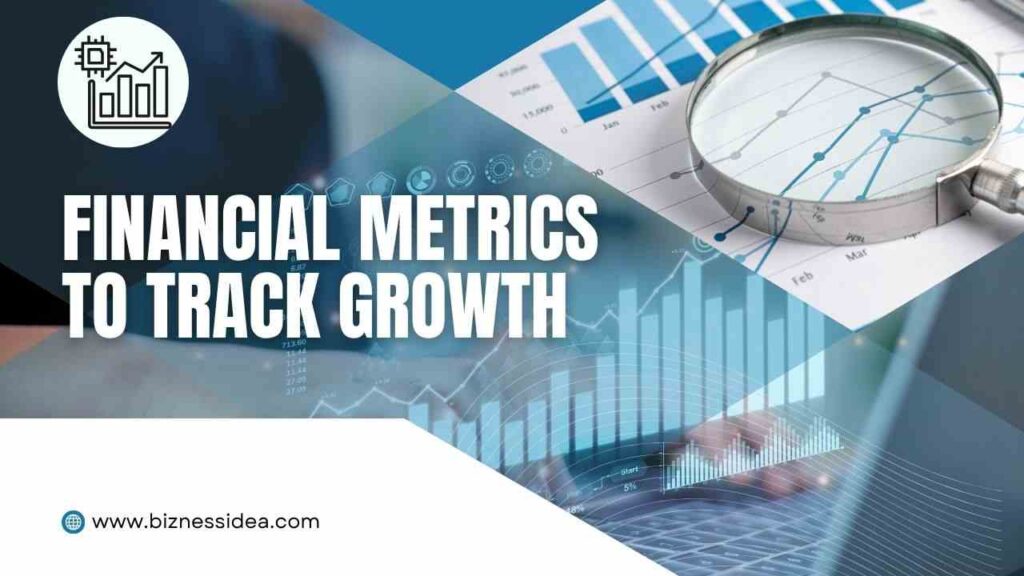In business, the real difference between thriving and surviving often lies in how early you detect problems — before they snowball. A practical skill for that is knowing how to read financial statements to spot growth issues early. By combining methodical analysis with alertness to red flags, small business owners, startup founders, export managers, and B2B buyers can stay agile and proactive.
In this article, we walk you through the types of financial statements, analysis techniques (horizontal, vertical, ratio), critical metrics to watch, red flags, and how to use insights to course-correct.
Read Financial Statements According Types & Their Roles

Before analysis, you need a solid foundation in understanding financial statements and what each reveals about your business.
Balance Sheet — the snapshot of assets, liabilities, equity
A balance sheet lists what your company owns (assets), what it owes (liabilities), and residual owner equity. It shows financial structure at a given point.
Check how assets are financed, and whether liabilities are ballooning relative to equity.
Income Statement / Profit & Loss — revenue, costs, margins
This statement shows your performance over time: top-line revenue, various expenses, and net income. It reveals profitability dynamics and cost pressures.
Cash Flow Statement — liquidity, cash operations, financing
Even companies with solid profit reports can be cash-strapped. This statement breaks down cash from operations, investing, and financing, showing if your business can support operations, investments, and growth.
Notes & Disclosures
Often overlooked, the footnotes explain accounting policies, contingent liabilities, depreciation methods, and commitments. These details can hide vulnerabilities not apparent in numbers alone.
Techniques to Read Financial Statements (Analysis Methods)
To move from raw numbers to insight, use these techniques of financial statement analysis:
Horizontal (Trend) Analysis
Compare line items over multiple periods to spot upward or downward trends. For example, if revenue grows 20% but operating costs grow 35%, you’re squeezing margins. (Source: CFI, McCracken)
Vertical (Common-Size) Analysis
Convert items into percentages (e.g., cost as a share of revenue, liabilities as a share of assets). This helps compare across periods or companies. (Source: Investopedia common-size / vertical)
Ratio / Metric Analysis
Ratios turn raw numbers into interpretable signals. Key categories include:
- Liquidity ratios (e.g. current ratio, quick ratio)
- Efficiency ratios (e.g. receivables turnover, inventory turnover)
- Profitability ratios (gross margin, EBITDA margin, net margin)
- Leverage ratios (debt to equity, interest coverage)
Use multiple ratios in tandem for context. (Source: CFI, NACM)
Comparative / Benchmarking Analysis
Compare your metrics with industry peers or past performance to see whether deviations are systemic or isolated.
Financial Metrics to Track Growth — What to Monitor

When your aim is spotting business growth issues, some metrics deserve priority:
- Revenue growth rate: If growth decelerates for multiple periods, that’s a warning.
- Gross margin & net margin trends: Declining margins often precede crisis.
- Operating expense ratio: If OPEX (marketing, salaries, overhead) is growing disproportionately faster than revenue, you may be burning cash.
- Accounts receivable aging / turnover: Slow collections choke cash flow.
- Inventory turnover: Low turnover suggests overstocking or demand dropping.
- Free cash flow: Positive cash remaining after capital expenses is a sign of runway.
- Debt servicing metrics: Interest coverage, debt to EBITDA or debt to equity. A growing debt burden with weaker coverage is high risk.
By tracking these over time and combining trend analysis, you can flag deterioration early.
Red Flags & Warning Signs You Can Detect Early
Even if you see a few warning signals, it’s not necessarily game over — but they demand attention. Here are some red flags to be vigilant about:
- Shrinking margins while revenue grows: Indicates costs or inefficiencies increasing faster than scale.
- Negative operating cash flow despite accounting profit: Suggests non-cash items hiding real stress.
- Rising receivables / aging debtors: Sales turning “paper” leads to cash trouble.
- Inventory buildup: Products not selling — demand slipping.
- Unusual “other expenses” or one-off items: Frequent large “miscellaneous” entries should be questioned.
- Debt ratios increasing above typical thresholds: E.g. debt-to-equity beyond 1.0 or Interest Coverage falling below 5.
- Volatile expense lines or inconsistent reporting: Spikes or omissions year to year.
- Opaque footnotes or change in accounting policies: These can mask real changes in asset valuation or liabilities.
Spotting these early gives you time to intervene with cost control, collections, or strategic pivots.
Practical Step-by-Step Guide to Read Financial Statements & Act
Let’s turn theory into workflow. Here’s how you can conduct analysis of financial statements proactively—monthly or quarterly—to detect issues before they escalate.
- Gather three periods of statements (e.g., trailing 12 months or past 3 years).
- Perform horizontal & vertical analysis side‐by‐side for comparison.
- Compute key ratios: liquidity, efficiency, profitability, leverage.
- Plot trends: visualize margins, cash flow, debt levels over time.
- Benchmark: compare your numbers to industry or peer norms.
- List red flags: highlight concerning trends (declining metrics, rising debt, etc.).
- Review footnotes & disclosures: check for contingent liabilities, policy changes.
- Ask “Why?” For each red flag, dig into root cause — rising vendor cost? poor pricing? collection issue?
- Take corrective actions: renegotiate terms, tighten credit policy, reduce discretionary costs.
- Monitor and follow up: after corrections, check whether trends reverse or further deterioration.
Following this cycle helps convert financial statements into early warning systems, not just historical reports.
Why Many Businesses Fail to Spot Issues in Time
Even told repeatedly, many enterprises don’t catch growth problems early. Why?
- Blind trust in profitability: believing profit means health, ignoring cash flow or leverage.
- Disconnected systems: financial data scattered across spreadsheets, IT systems, sales, and ledger.
- Lack of analysis capacity: owners may not have financial training, or dashboards lacking.
- Reactive mindset: waiting for crisis rather than continuous monitoring.
- Manipulated or poor-quality data: inconsistent accounting, missing disclosures, or “creative” presentation.
A more disciplined approach mitigates these pitfalls.
Conclusion
Knowing how to read financial statements is more than a back-office skill—it’s a leadership tool. When done methodically, it can help you spot growth issues early: margin erosion, cash stress, rising debt, or demand weakening.
With the techniques of horizontal, vertical, and ratio analysis, combined with awareness of red flags and footnote scrutiny, you empower your business with foresight. Use your statements not as retrospective documents, but as a dashboard guiding strategic corrections.
In the volatile landscape of startups and small businesses, the ability to detect issues early separates resilient ventures from ones that implode under pressure.
FAQs
Q1. What does it mean to “read financial statements”?
Ans. It means analysing the balance sheet, income statement, cash flow, and footnotes using techniques like trend analysis, ratio analysis, and vertical/horizontal methods to extract insights beyond the surface numbers.
Q2. How often should I analyse financial statements?
Ans. For growing businesses, a monthly or quarterly review is ideal. Frequent checks help you detect deviations sooner rather than after a full year.
Q3. Which analysis method is most useful for spotting trend issues?
Ans. Horizontal (trend) analysis is especially powerful for spotting growth issues early, as it highlights where line items grow faster (or slower) than others over time.
Q4. Can profit always indicate healthy growth?
Ans. No. A company can show accounting profit but suffer cash flow problems, mounting receivables, or excessive debt. That’s why you must read all statements in tandem.
Q5. What thresholds should I worry about for red flags?
Ans. Examples include: debt-to-equity ratio > 1.0, interest coverage ratio < 5, receivables aging beyond 90 days, declining margins for 2–3 consecutive periods.
Q6. How do footnotes affect my analysis?
Ans. Footnotes explain assumptions, contingent liabilities, policy changes, and accounting methods. Hidden disclosures there can override what appears in the main statements.













